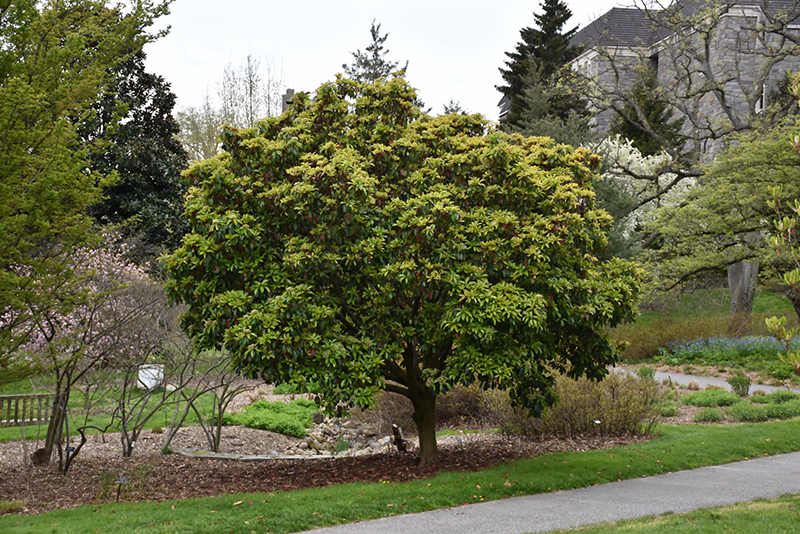Plant Finder
Height: 25 feet
Spread: 20 feet
Sunlight:
![]()
![]()
Hardiness Zone: 6a
Other Names: Oriental Photinia, Chinese Hawthorn
Description:
This ubiquitous tree features stunning copper-red foliage in spring that matures to dark green; white flowers that cover the plant in spring are pretty but have an unpleasant odor; can be maintained as a shrub or hedge; most disease resistant variety
Ornamental Features
Chinese Photinia is clothed in stunning panicles of white flowers with yellow anthers held atop the branches in mid spring. It has attractive dark green evergreen foliage which emerges coppery-bronze in spring. The glossy narrow leaves are highly ornamental and remain dark green throughout the winter. The fruits are showy red pomes carried in abundance from mid to late fall.
Landscape Attributes
Chinese Photinia is a multi-stemmed evergreen tree with an upright spreading habit of growth. Its relatively coarse texture can be used to stand it apart from other landscape plants with finer foliage.
This tree will require occasional maintenance and upkeep, and should only be pruned after flowering to avoid removing any of the current season's flowers. It is a good choice for attracting birds to your yard. Gardeners should be aware of the following characteristic(s) that may warrant special consideration;
- Disease
Chinese Photinia is recommended for the following landscape applications;
- Mass Planting
- Hedges/Screening
- General Garden Use
Planting & Growing
Chinese Photinia will grow to be about 25 feet tall at maturity, with a spread of 20 feet. It has a low canopy with a typical clearance of 3 feet from the ground, and is suitable for planting under power lines. It grows at a fast rate, and under ideal conditions can be expected to live for 40 years or more.
This tree does best in full sun to partial shade. You may want to keep it away from hot, dry locations that receive direct afternoon sun or which get reflected sunlight, such as against the south side of a white wall. It does best in average to evenly moist conditions, but will not tolerate standing water. It is not particular as to soil type or pH. It is highly tolerant of urban pollution and will even thrive in inner city environments. This species is not originally from North America.





